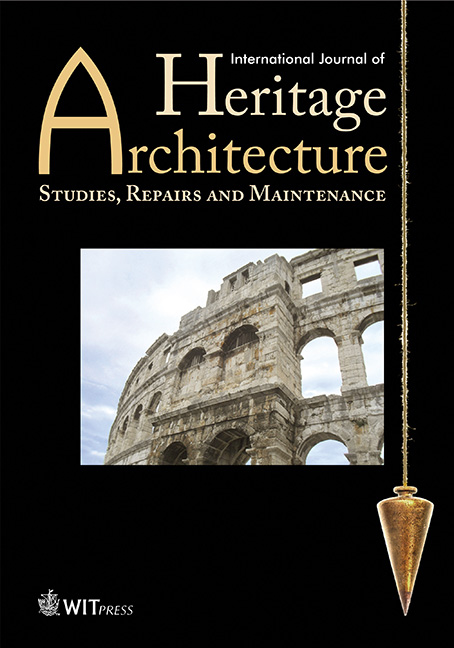The influence of Spolia on Islamic architecture
Price
Free (open access)
Volume
Volume 1 (2017), Issue 3
Pages
9
Page Range
334 - 343
Paper DOI
10.2495/HA-V1-N3-334-343
Copyright
WIT Press
Author(s)
M. Ali & S. Magdi
Abstract
Since the beginning of its long history, egypt has continuously experienced and practised despoliation and looting of monuments, of its past from antiquity through the 19th century, and it is clearly visible that many Islamic monuments have been built with materials removed from ancient buildings. Also the city of rome is built of layers and layers of history. It was this fascinating accumulation of history, literally, the accumulation of old stones in medieval buildings, which first triggered our research into the field of Spolia – i.e. the art or historical term for older building elements reused in a new context.
In light of the previous context; the researchers in this paper are trying to shed light on the phenomenon of the reusing of some architectural elements in Islamic architecture in cairo, in order to outline the reasons for such phenomenon and its motives, and examine the types of those elements and places of their existence in Islamic architecture through examples of intact Islamic monuments in cairo such as the Al-Nasir muhammad ibn Qalawun mosque.
Keywords
ancient building, Ibn Qalawun mosque, Islamic architecture, reuse, Spolia




